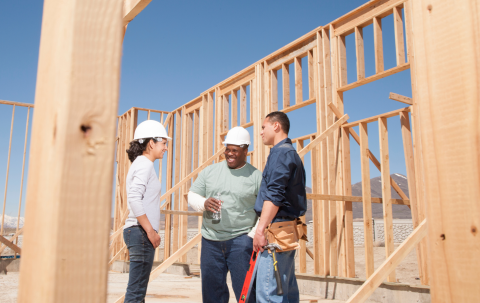With difficulties mounting for home builders across the country, Vermont’s new home prices have started increasing at a faster pace. After several years of minimal growth, the median new primary home sold for $388,000 in Vermont in 2020, up $22,000 from the prior year, according to Multiple Listing Service (MLS) data. Eighty-nine percent of builders reported that the price of building materials is their top challenge, according to the National Association of Home Builders (NAHB). Although new homes are a very small component of Vermont’s housing stock, home building affects the affordability of all homes in a community, especially if it’s in a region that is growing.

Although towns have little effect on the price of building supplies, they can have a key role to play in housing availability and affordability. Zoning laws such as large lot size requirements make it more expensive to build homes. If developers can build homes at all under those conditions, the costs are passed on to homebuyers and renters.
Towns can limit increasing home building costs through local regulations and land availability. Vermont’s recent Zoning for Great Neighborhoods initiative provides tools to help towns improve zoning and other codes that may reduce housing affordability. Resources like the Local Housing Solutions platform and Vermont Housing-Ready Toolbox explain how towns affect their housing market.
There will be no shortage of challenges in the coming year. The NAHB recently noted that prices for timber used in home framing increased by 180% over the last year. Builders also reported availability and delivery times of materials and availability of labor as their top challenges. Vermont’s labor force is smaller now than any other point in the past 25 years. The NAHB predicts that “combined with other supply side limits such as regulatory burdens and lot supplies, housing will grow at a slower rate in 2021 compared to last year.”
Vermont is often ranked near the top of “best places to live” lists. Unfortunately, it also ranks at the bottom of some housing affordability lists. A recent comparison of new home prices with resident incomes ranked Vermont as the least affordable state in the country to buy a new home.

